The Army Medical Museum and Library building, demolished in 1968, had the same architect. - MikeThe Latrobe Chapter of the Society of Architectural Historians
proudly presents
What's New in What We Know About the Smithsonian's Arts & Industries Building
Panel Discussion led by Cynthia Field, Emeritus Architectural Historian, Smithsonian Institution
Monday, November 9, 2009
Charles Sumner School Museum and Archives
6:30 P.M. - light refreshments, 7:00 P.M. - lecture
Five years ago, Cynthia Field thought she told us everything there was to know about Adolf Cluss and his fascinating masterwork, the Smithsonian's Arts & Industries Building. That was then, and this is now. Join us to hear from Dr. Field and the Smithsonian team who have been studying the building in ever greater detail. They will present findings so new they have only just been learned using sophisticated analyses as well as old fashioned research.
The panel will consist of three Smithsonian members: Cynthia Field, now Emeritus Architectural Historian for the Smithsonian; Sharon Park, Associate Director, Architectural History and Historic Preservation; and Christopher Lethbridge, Project Manager. They will be joined on the panel by two members of the Washington office of Ewing-Cole who worked on the historic structures report: Gretchen Pfaehler, Managing Principal, and Cristina Radu, Architectural Historian.
After a brief reminder of the important historical information, Park and Lethbridge will discuss the sustainability aspects their studies have revealed and consultants Pfaehler and Radu will tell us their findings about the use of materials in the building.
Their work will elucidate the structure we have come to regard as one of Washington's grandest buildings. All the members of the panel will answer questions following the presentations.
The discussion takes place at The Charles Sumner School Museum and Archives,
1201 17th Street, NW, Washington, DC. Reservations are not required.
$10.00 for Latrobe Chapter Members and full-time students (with ID), $18.00 for non-members.
For general information, please see the Latrobe Chapter website at
www.latrobechaptersah.org, or contact Caroline Mesrobian Hickman at (202) 363-1519 or
cimhickman@yahoo.com

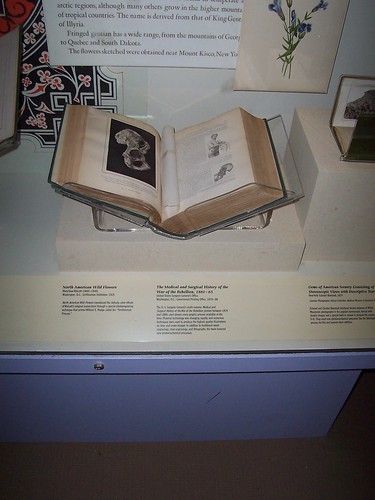









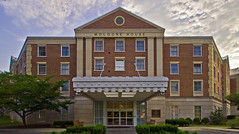
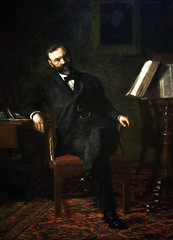



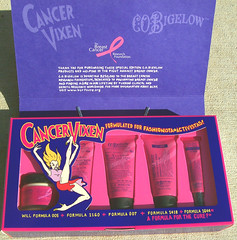

-771483.jpg)






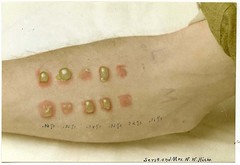


![MCSO02952_0000[1]](cid:image004.png@01CA522C.FC3DD5F0) When: Saturday, October 31, 2009, 10:00 a.m. - 1:00 p.m.
When: Saturday, October 31, 2009, 10:00 a.m. - 1:00 p.m.